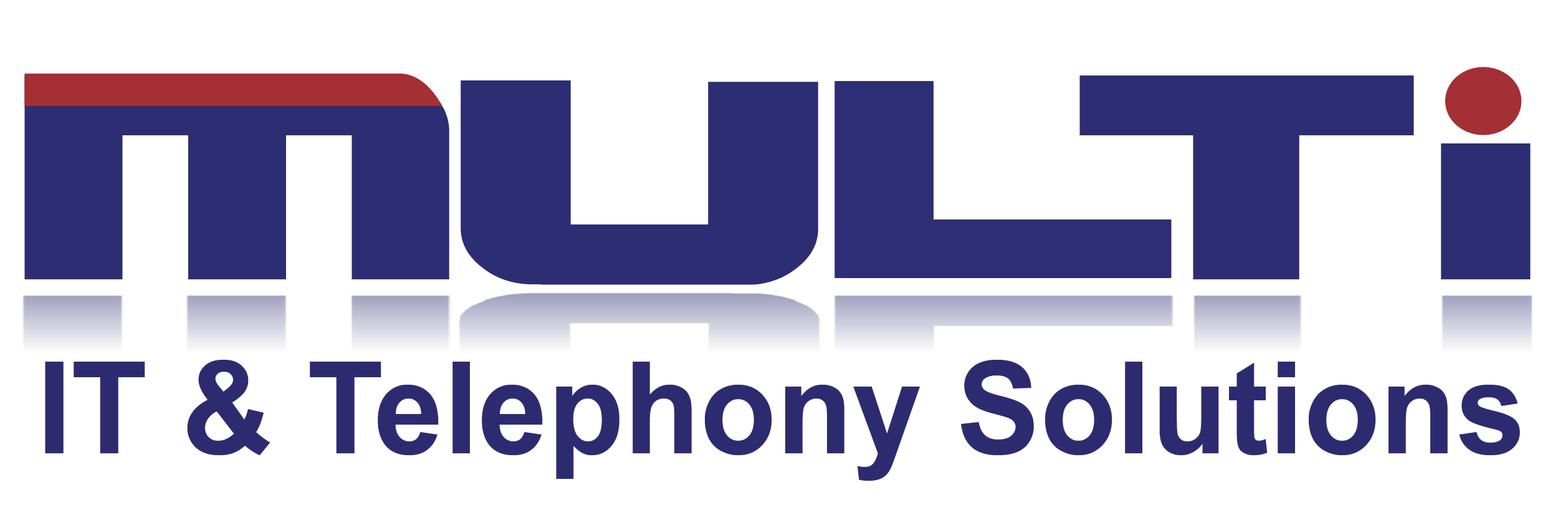In the past, wearable computing devices, commonly known as wearables, were primarily used for health purposes. Runners, for example, would use them to track their vital signs as well as the distances they ran.
Products like Android Wear and Apple Watch, however, have pushed wearables out of the health niche and into popular culture. These devices are not limited to users’ personal lives. Many companies are seeing them in the workplace. Employees are already using wearables in 79 percent of European organisations, according to a Trend Micro study.
This trend is not limited to Europe. A PricewaterhouseCoopers (PwC) study found that 70 percent of the 1,000 U.S. adults surveyed expect their workplaces to permit the use of wearable technology.
Why Wearables Are Gaining Popularity
There are many reasons why wearables are gaining popularity, one of which is improved productivity. Ajoint report from the University of London and Rackspaceshowed that wearables boosted productivity by 8.5 percent and job satisfaction by 3.5 percent in the United Kingdom companies they surveyed .
There are other benefits to using wearables as well. Since smartwatches double as fashion accessories, people can use them more discreetly than smartphones. Plus, users can access data in real time. Some casinos in Las Vegas are taking advantage of both these benefits. According to CNBC, when a high roller goes near staff members, the floor manager discretely buzzes their smartwatches. When the staff members check their smartwatches, they will see details about the high roller so that they can greet the person by name.
Besides casino workers, other deskless employees are using wearables. These employees move around while on the job, so wearables’ portability is ideal for them. Smartwatches in particular are well-suited for deskless workers in the healthcare, construction, warehousing, emergency services, delivery services, and real estate industries.
Employees in the retail sector are also using wearables. In some cases, store employees are using smartglasses to look up information about products to answer customers’ questions. This improves the customer experience as well as optimises employees’ time. In other cases, store managers are using smartwatches to notify employees when something needs their immediate attention.
Security Challenges
Many people view wearables as natural extensions of tablets and smartphones. This makes sense, given the fact that many wearables can only be used when paired with a mobile device.
When mobile devices first became popular, many companies struggled to find ways to incorporate them into their IT strategies. Some organisations decided to provide employees with mobile devices and institute policies on their use. Other organisations decided to adopt Bring Your Own Device (BYOD) policies that established rules for how employees could use their personal devices for work purposes. Businesses will have to make a similar decision about wearables and develop an appropriate policy governing their use.
In the PwC study, 46 percent of the respondents felt that companies should provide wearables rather than implement a BYOD policy. More important, 82 percent believed that using wearables could invade their privacy. Further, 86 percent thought that wearables could make them more susceptible to data breaches. So, no matter whether employees use their own wearables or company-provided ones, it is important that companies address privacy and security issues in their wearable policies.
If companies allow users to wear smartglasses, they need to address an additional element in their wearable policies. These products have front-facing cameras. As a result, executives are often concerned that someone could use them to secretly record files or conversations at the office. The wearable policy needs to set rules for when and where smartglasses can be used.
Another area of concern is cyberattacks. Wearables often connect to companies’ wireless networks. Therefore, companies must do everything they can to protect their wireless network and all the devices connected to it.
How to Overcome the Challenges
If you want to allow wearables in your company, establishing a company-wide policy for them is a crucial first step toward the safe and successful use of these devices. The team developing the wearables policy should include representatives from your legal, human resources, administrative, operations, and IT departments. This policy should clearly state:
- Who can use wearables at work
- Whether the company will provide the wearables or employees will need to bring their own
- What types of wearables will be supported if employees bring their own
- What employees can and cannot do with their wearables
- The consequences for breaking the policy rules
- How the company will be storing and protecting the data obtained through wearables
- What personal data the company will have access to and how it will use this information
You also need to protect the wearables, any accompanying mobile devices, and your wireless network from possible cyberattacks. A few companies such as McAfee and Bitdefender already offer anti-virus software for smartwatches. Similar programs are sure to follow for other types of wearables. To protect mobile devices and wireless networks, you can use anti-malware, anti-virus, and firewall programs, as well as network access control tools. These programs and tools are readily available.
Like all computing devices, wearables can become a liability if employees do not know how to take care of them. So, you need to teach your employees about the cybersecurity threats related to using wearables and other mobile devices. Make sure that this education program includes lessons on using strong passwords, keeping security programs and firmware up-to-date, and not oversharing information on social media.
Consulting with Multi IT & Telephony Solutions can help you create a comprehensive wearables policy and a solid cybersecurity education program. Since the wearable industry is expected to grow dramatically in the years to come, you should start developing plans for incorporating these devices into your overall IT strategy. Contact Multi IT today to order your wearable device or for a consultation on how best to utilise wearable devices in your workplace.

